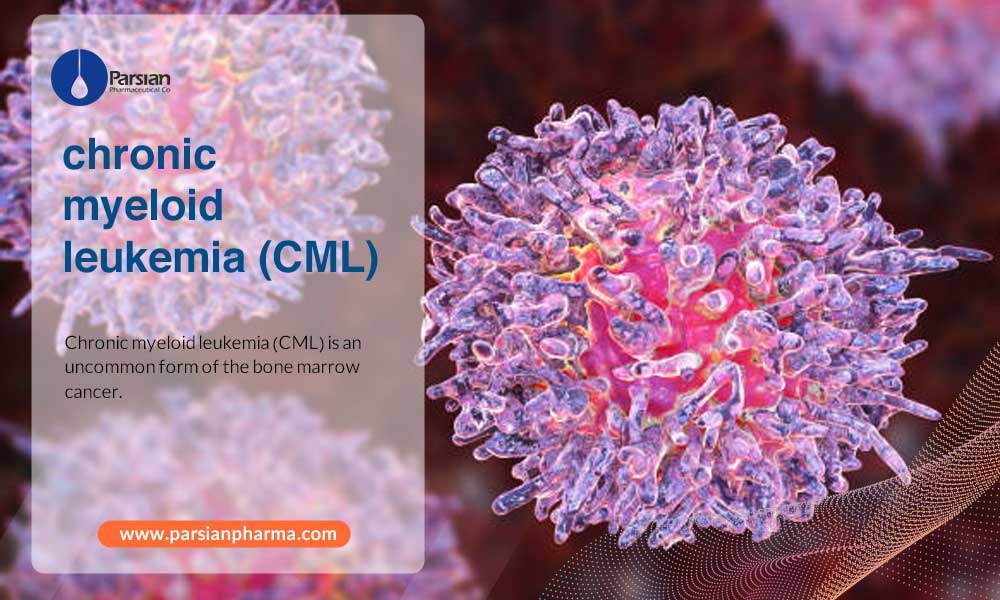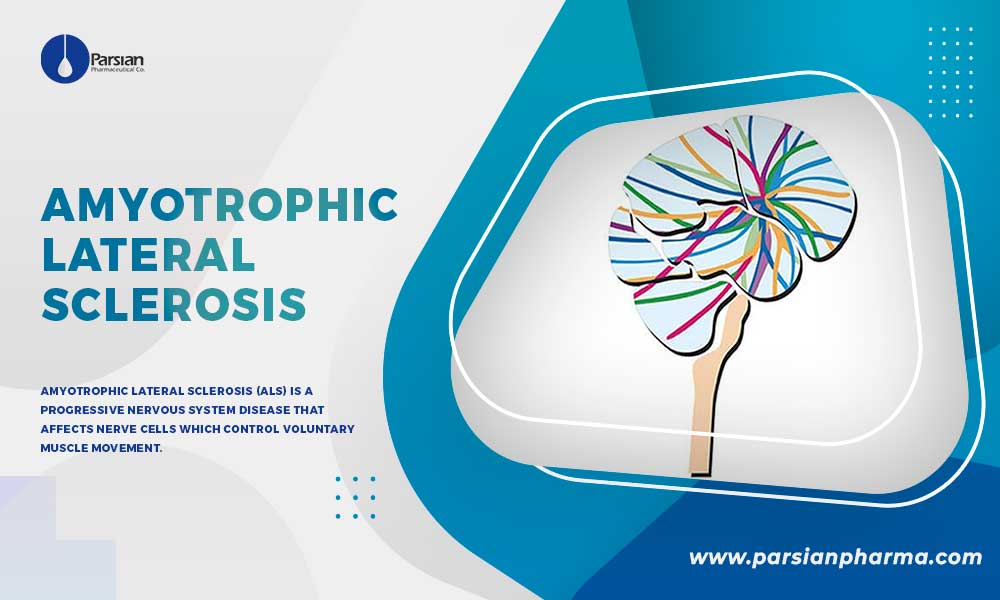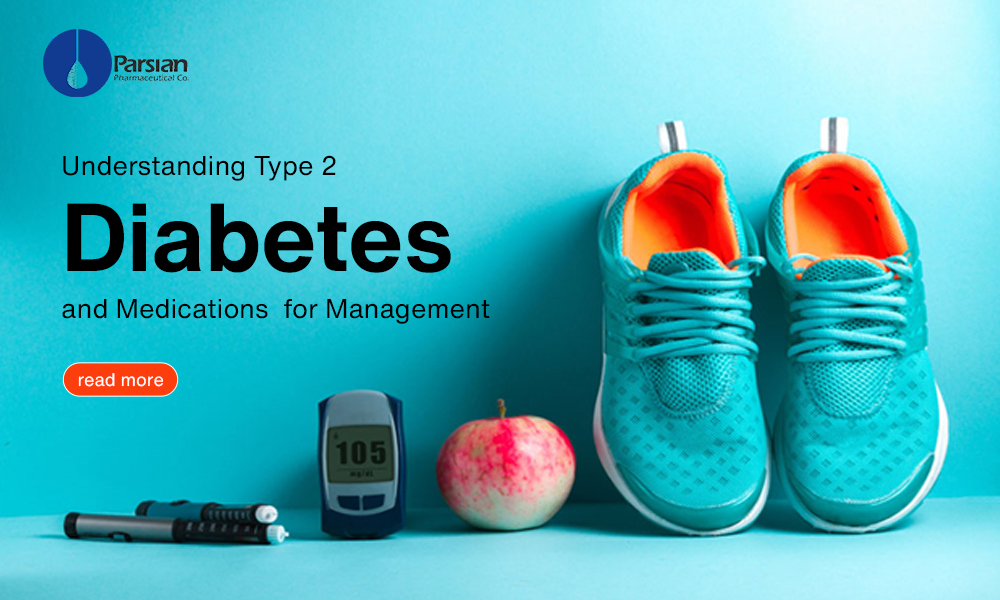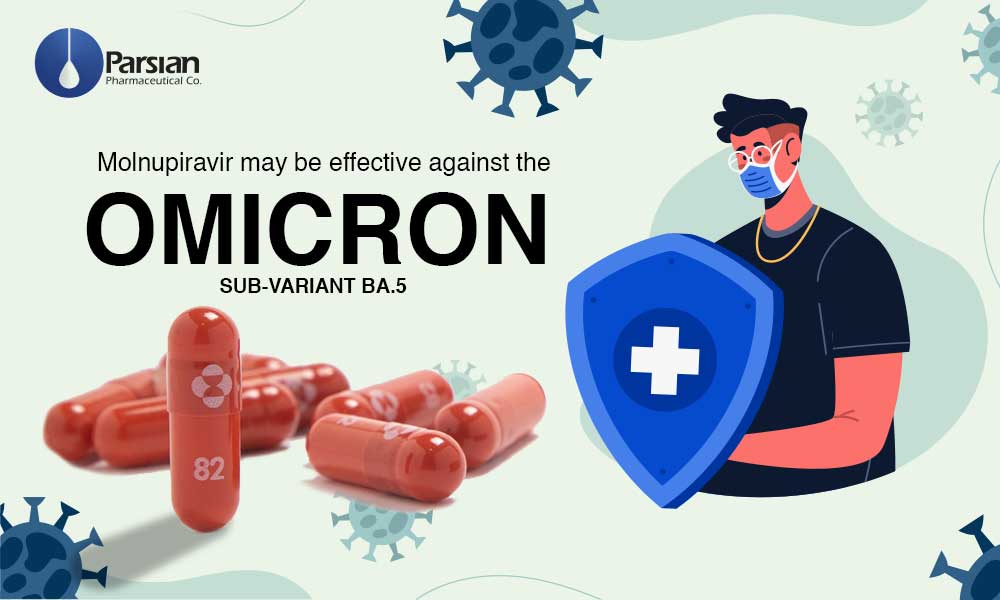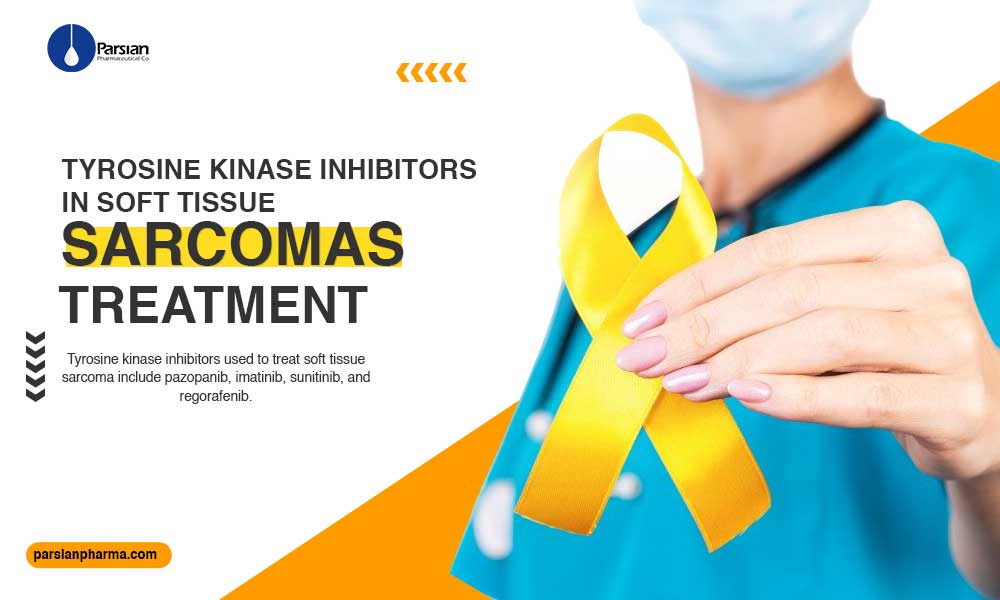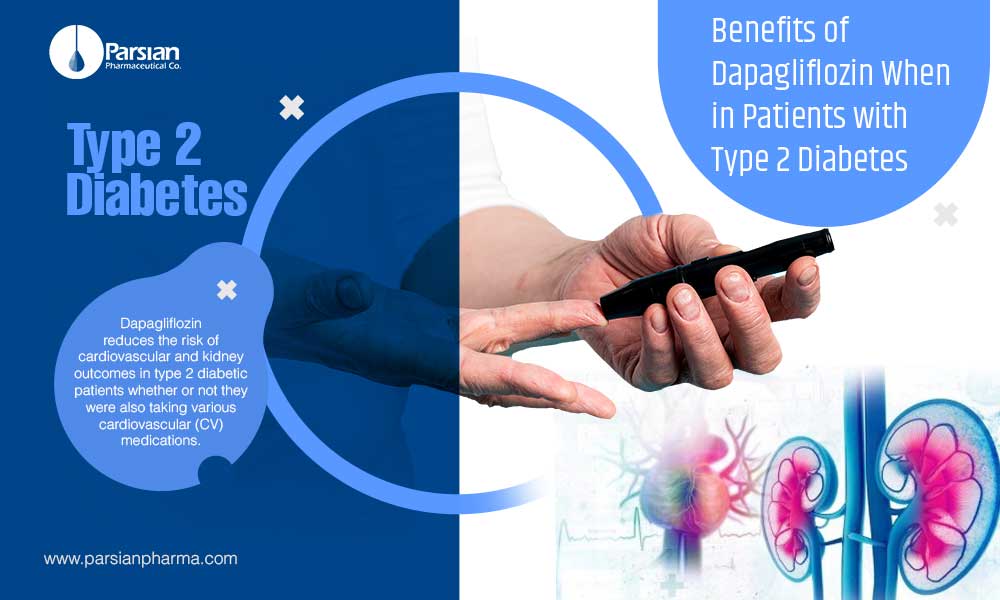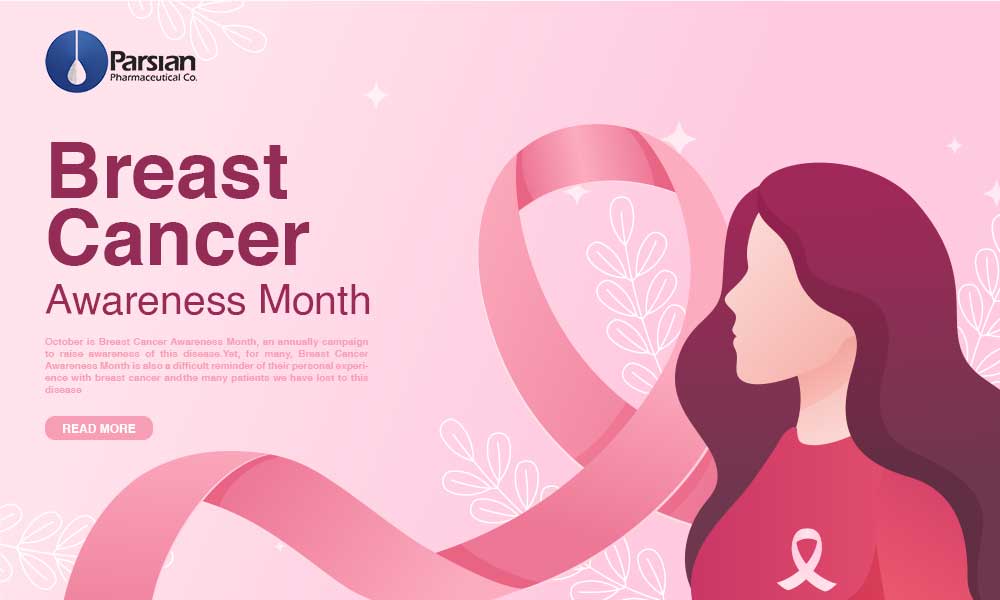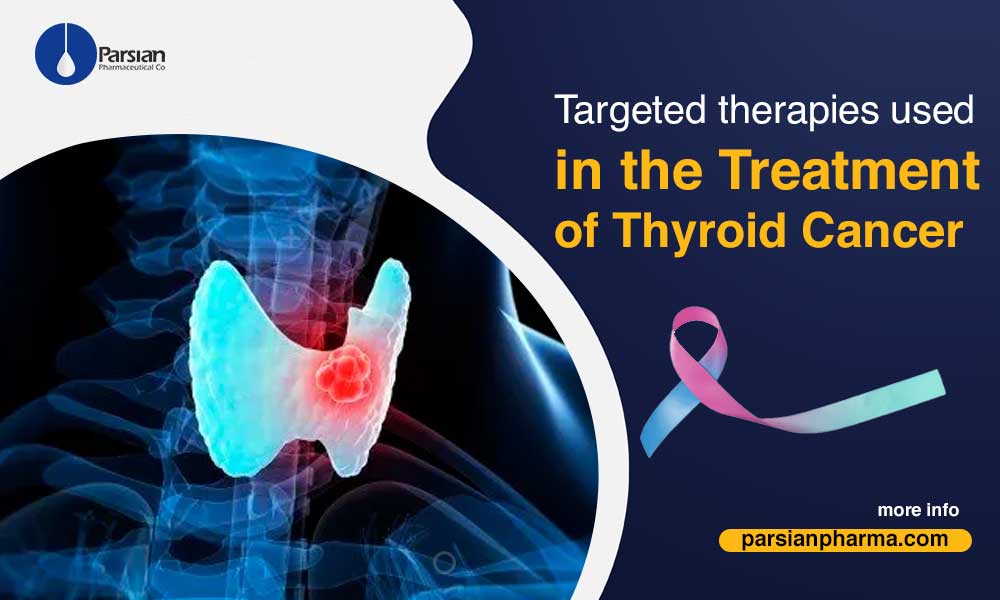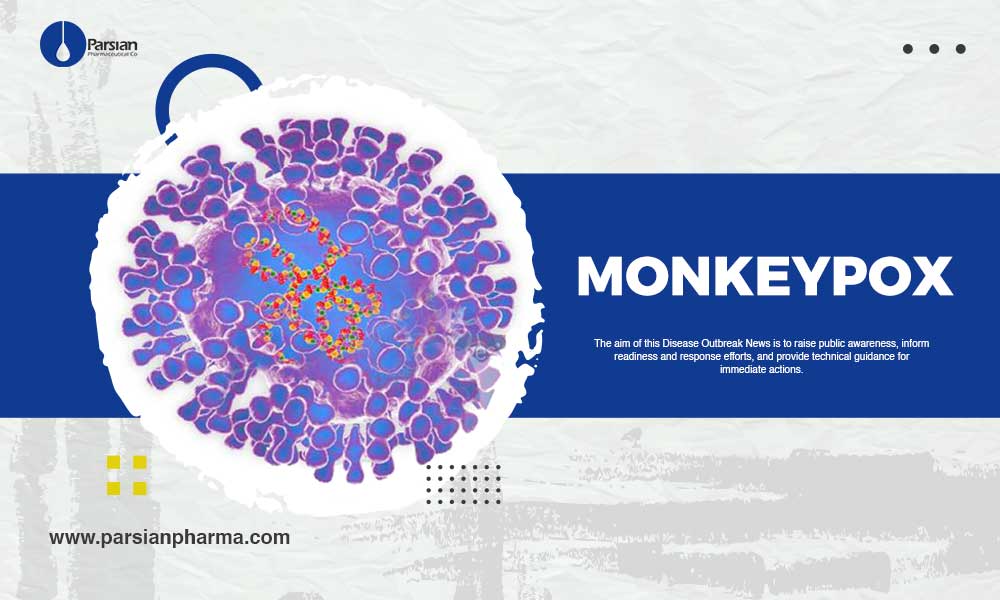A quick overview over chronic myeloid leukemia (CML)
Chronic myeloid leukemia (CML) is an uncommon form of the bone marrow cancer. In CML we can see an increased number of white blood cells (WBC) in the blood.
Too many blood stem cells become a type of WBC which is called granulocytes. They aren’t healthy white blood cells and are also called leukemia cells.
By hearing the name of chronic myeloid leukemia, we can recognize how quickly has it started and which type of cells are affected. It refers to a chronic type of leukemia which the myeloid cells are affected with the slower progression than acute type. CML typically affects older adults and rarely occurs in children, though it can occur at any age.
It often doesn’t cause signs and symptoms, and might be detected during a blood test. With starting the right treatment, most people will go into remission and live for many years after diagnosis.
According to an estimation from the United States in 2021, the new cases from CML are about 9110 cases and deaths are about 1220.
Chronic myeloid leukemia (CML) stages:
After diagnosing chronic myelogenous leukemia (CML), it should be done to find out how far does the cancer has developed or spread. This is called staging. CML has 3 phases; chronic phase, accelerated phase and blast phase. By finding out the stage of disease the best treatment plan can be done.
Chronic phase
Most CML patients (more than 90%) are diagnosed in the early stage, which is chronic phase of CML. At this stage the proportion of blast cells in the bone marrow and blood is low (five per cent or less). Most patients are generally well at this stage. With starting right treatment at this stage, a major molecular remission (MMR) can be achieved. MMR is when patient has normal life expectancy. If CML patient at chronic phase left untreated, it will eventually progress to accelerated and/or blast phase.
Accelerated phase
In about 5% CML patients, disease progresses from a relatively stable one into a more rapidly progressing disease, which is known as the accelerated phase of CML. During this time a blast cells proportion may start to increase in body. During this phase of disease, the treatment team will change to a more effective treatment option. If untreated, accelerated phase will eventually transform to blast phase.
Blast phase
There is generally a less than 5% risk that CML will transform into a rapidly progressing disease resembling acute leukemia. In those who have an excellent response to current drug therapy this risk is less than 1%.
This is known as the blast crisis or blast phase, which is characterized by a dramatic increase in the blast cells proportion in body with development of more severe symptoms of disease.
In blast phase about two-thirds of patients, CML transforms into a disease called acute myeloid leukemia (AML). The one-thirds left transforms into a disease called acute lymphoblastic leukemia (ALL)
The Philadelphia Chromosome and the BCR-ABL1 Fusion Gene role in CML patients:
CML like the other type of cancer arises from an acquired mutation in one or more of the genes that normally control the cells growth and development. In CML, by swapping section between chromosome 9 and normal chromosome 22, The BCR-ABL gene is formed on chromosome 22. The changed chromosome 22 where the piece of chromosome 9 is attached on it, is called the Philadelphia chromosome. This Philadelphia chromosome results in the bone marrow making a protein, called tyrosine kinase , which leads to CML.
Treatment for (CML)
Chronic myeloid leukemia (CML) is a serious and life-threatening health condition, but with tyrosine kinase inhibitors the progression is much better. As the CML is diagnosed, treatment is usually started straight away to help slow down cancer progression and keep it under control. The patient’s outlook can be so better if CML is diagnosed earlier.
Tyrosine kinase inhibitors are the main treatments for CML, which if patients take them for life, they can help keep CML under control. Outlook is much better in younger adults than older adults. With modern treatments, it can be possible to control CML for many years. Even in a small number of patients, it can be possible to be cured completely.
The treatment team can plan on treatment options by considering; stage of the CML, patient’s age and general health. For most patients the treatment option is one of BCR-ABL tyrosine kinase inhibitors. These TKIs work by blocking the activity of an enzyme called BCR-ABL and thereby preventing the proliferation and growth of the leukemic cells. According to patient’s situation, the treatment team can chose which of the TKIs is suitable to be started.
Although TKIs are very effective at controlling the disease, but most patients should take them for life and only a few of patients may be cured by them and can safely stop taking them.
Some of the main TKIs which are being prescribed and also Parsian pharma has been focused on them are; Imatinib, Dasatinib and nilotinib.
All these three TKIs should be administrated orally and if they are working properly, should be taken for life. By regular blood test and also tests of bone marrow their activity can be checked. In some cases, a combination of these medicines (TKIs) may be recommended.
For example, if the normal-dose of Imatinib isn’t responsive, a combination of high-dose imatinib, dasatinib and nilotinib may be recommended.If the TKIs doesn’t work properly, Chemotherapy and/or stem cell transplant can be considered.
Here Parsian pharma has provided a quick review over current TKIs which is working on them for CML:
| Drug name | Line of treatment | Administration | Side effects |
| Imatinib
|
It’s the main treatment for CML.
|
Once a day |
|
| Nilotinib | If you cannot take Imatinib or it does not work for you, can be recommended instead.
It’s also sometimes used as the first treatment for CML. |
Twice a day |
|
| Dasatinib | If you cannot take Imatinib or Nilotinib, or they do not work for you, a similar medicine called Dasatinib may be recommended. | Once a day |
|
You can also find out more regard leukemia and acute lymphocytic leukemia at Parsian pharma recent articles.
related products :
Some of the main references that Parsian pharma scientific section has observed them:

